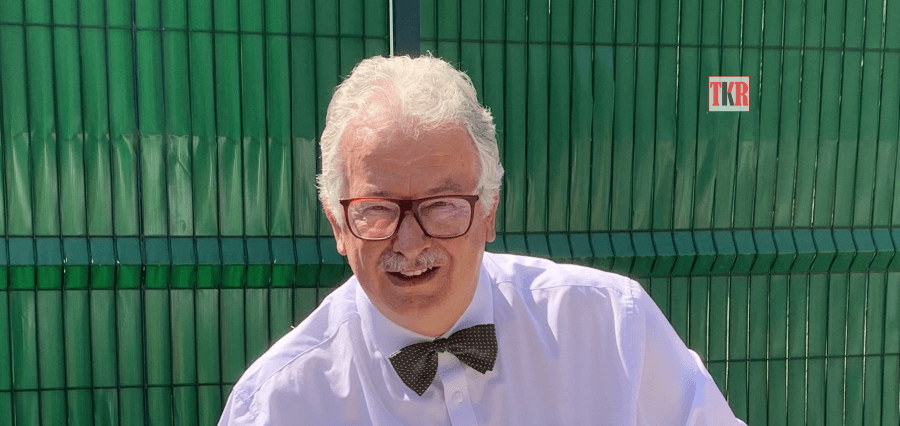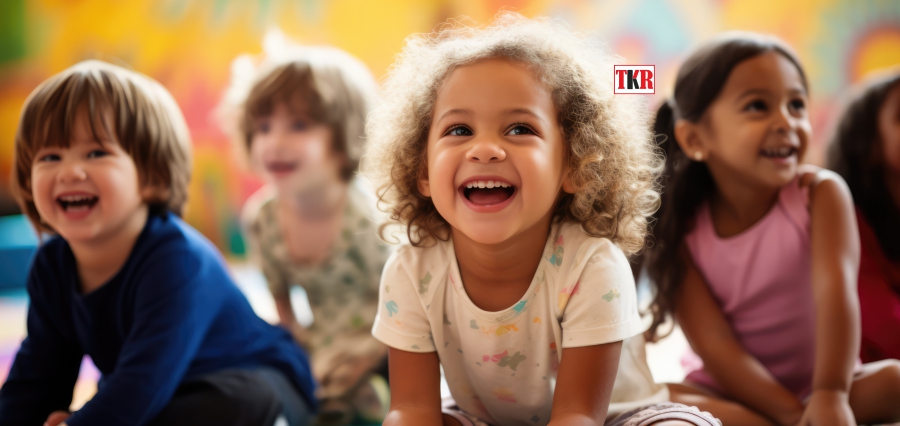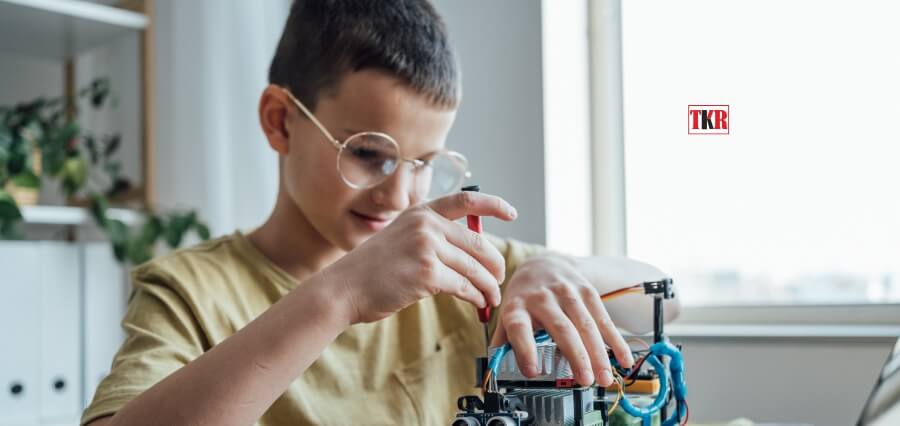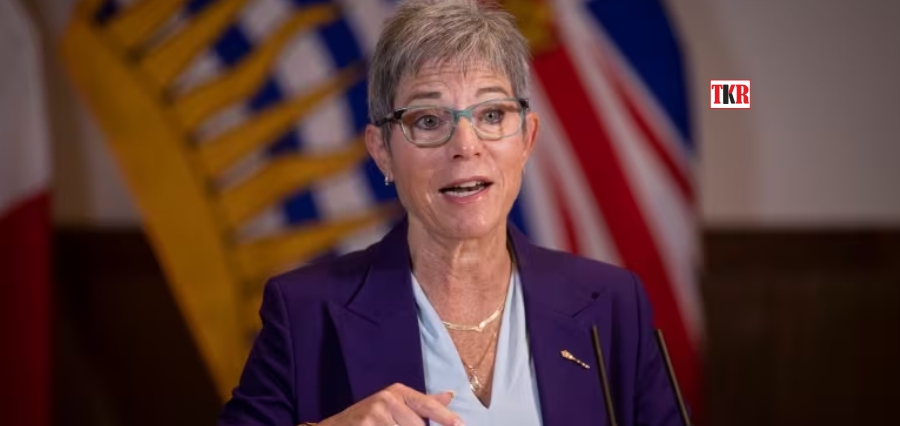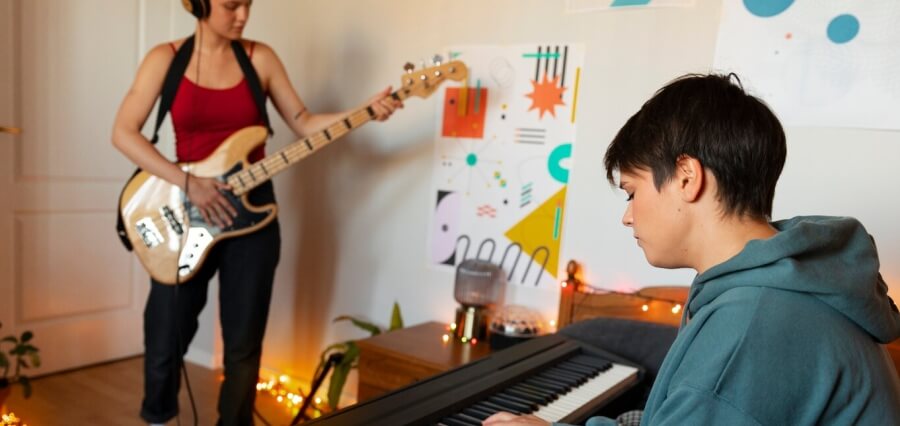News reports from around the world frequently assure us that preserving the quality of our environment is a message really well understood across all cultures, especially by young people. One hopes so. A degraded environment directly affects the well-being of our youth; it, of course, negatively affects us all.
In the case of my students, young people who live their lives in the vast metropolis of Mexico City, they would be hard put not to pay close attention to issues like air quality, frequently congested roads, and the value of green areas. Even the youngest child residing here possesses some kind of perception of all three.
Further afield, way beyond our city, Mexico has been getting into the press – at home and abroad – owing to a controversial Mayan train project, much favoured by President Lopez Obrador. Future tourists may well have easier access to the marvels throughout the Yucatan and the south, yes, but to accommodate the rails, the cost has been a great and very long swathe cut through the once pristine jungle. One international journalist (Louise Boyle) recently even went as far as posing the question, ‘Can Mexico pull back from environmental devastation?’ Much disseminated in our media, it is clear that many students throughout this nation are very aware of this debate.
In creating this Kinder through High School on the western edge of Mexico City just a few years ago, the founders of The Wingate School deliberately sited the campus by a huge ranch. We literally wanted our students to want to bounce out of bed each morning, eager to be here, almost encased in nature, to encounter whatever the planned lessons would serve up. For, whenever glancing out of their classroom windows, most students also will enjoy views of open fields and, further, verdant wooded hills sited beyond the city limits.
Teaching students that caring for our environment is of the greatest importance is the gift that keeps on giving. The environment itself is a permanent curriculum, allowing educators at all levels to unite many ‘separate’ subject areas, pursuing the great causes of critical thinking and understanding. Art meets Science; Literature joins hands with Geography. Tailoring the message in age-appropriate ways, we have shared many educationally enriching moments to stimulate student thought and responses.
Children in our Primary have been taught about the challenges of recycling plastics by Meche, one of our Secondary Science teachers, herself also a hard-working university researcher and plastics specialist. A unit within our International Primary Curriculum (the IPC) provided the Primary 4s with a fantastic opportunity to practise what was preached about care for the environment. Donned with blue rubber gloves and brandishing the right collecting equipment, they repaired the ranch to clean up the river in its central valley. Not only that, our two P4 classroom teachers, Ted, the IPC Coordinator, and his teaching partner, Dr. Abi, an American scientist with much fieldwork experience, arranged matters so that many of the children’s parents got enthused and involved, too.
Ted and Abi have found that the practical nature of a community clean-up – and, more shockingly for some students, in our very own ‘backyard’ – is a great way for students ‘to combat negative emotions by reinforcing positive changes.’ (Perhaps they had read articles such as the one published by the Guardian Online on April 19th. The headline reads, ‘Climate crisis weighs heavy on the mental health of young Australians’).
Seeing pollution in the meandering river for themselves, our P4 students learned there were ‘many kinds of trash,’ understanding that, one day, some objects even could float all the way to the ocean. In short, the students learned that ‘the act of respect does not only involve people.’ Respecting the environment necessarily is a parallel target.
Another most meaningful connection between our older students and the message of environmental care came in the form of an extraordinary presentation made by the co-founders of a Bulgarian Arts Foundation: the Singer-Zahariev Foundation. Kathrin Singer and Kamen Zahariev, visiting TWS, carefully explained how they had funded a most unusual immersive Bulgarian dance-theatre company, illustrating the conversation with highly unusual footage taken from their website.
Directed by Kosta Karakashyan, in 2022 Studio Karakashyan performed The Last Sunset, the dancers and actors, and their original audience, actually moving within a regional landfill in Gabrovo, Bulgaria (The actors’ costumes were made of recycled trash). Immediate feedback from our school audience showed they were struck, both by the unique artistic approach and then, more to the point, by the hard-hitting message. Namely, we often complacently ignore industrial ‘poisons’ and waste products existing in plain sight.
The message is clear: it’s a case of symbiosis. In caring for one’s natural environment, creative educators may employ many tools to show students that the environment repays their thoughtful attention. For good or ill, our industries today are shaping their adult world.
Simply reflect. Just look back from space at this delicate orb of deep blue, protected by the thinnest of atmospheres, and hanging in the inky vastness of space. Until Mars – always a long shot – proves sufficiently hospitable, Earth is the only home we have.
About the Author
Tom M J Wingate is the Co-Founder and Head Teacher of The Wingate School, Mexico City.

